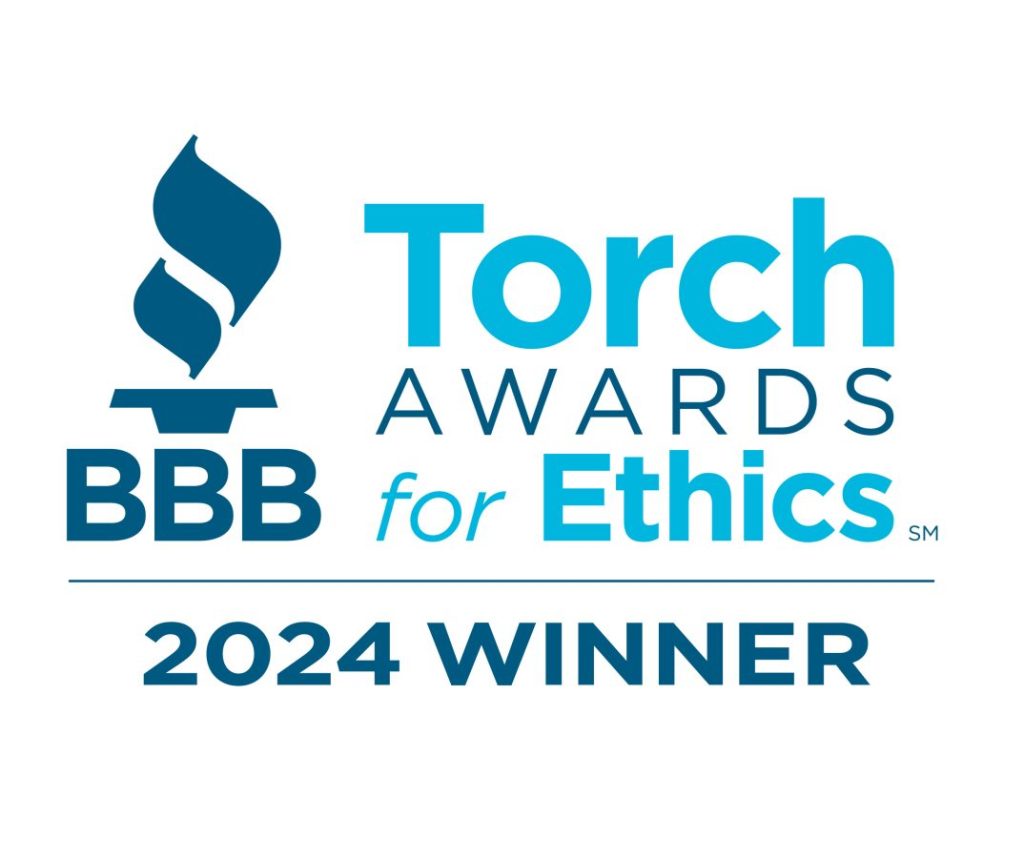
Assessment of Mold
Molds feed on cellulose and water, so growth can be hidden from plain view. Follow these guidelines to identifying mold in your home.
If you answer yes to any of the following questions, an inspection from a hygienist should be done:
- Is the area more than 10 square feet?
- Is there a complaint of odors or illness?
- Can you see the mold in your home?
- ServiceMaster of Columbia can come out an do a moisture check, typically if the area is under 10 square feet.
Inspection
An environmental hygienist conducts an inspection of the home or property. After the inspection, they should provide the homeowner/property owner with a remediation protocol based on their findings.
Public buildings need to be tested for Asbestos/ACM per Federal and State law. Based on the age of property, Asbestos/ ACM testing may be required.
ServiceMaster of Columbia will provide you will names of reputable environmental hygienists that can do the inspection for you.
Containment/Removal/Restoration
Using the protocol provided by the hygienist, the mold removal process can begin. Containment is key to keeping the mold from spreading.
- Containment, negative air pressure or; a similar procedure to isolate the contained area
- Remove the mold using anti-fungal and antimicrobial to eliminate the mold colonies and prevent new growth.
- Restore the drywall, sub-floors and other items damaged by the mold removal.
Here are few tips for inhibiting mold growth:
- Be proactive and keep indoor humidity low, ideally between 30 and 50 percent relative humidity.
- Read more
If you have mold or would like more information, please contact us at 573.443.8383, the Master of Disaster!



